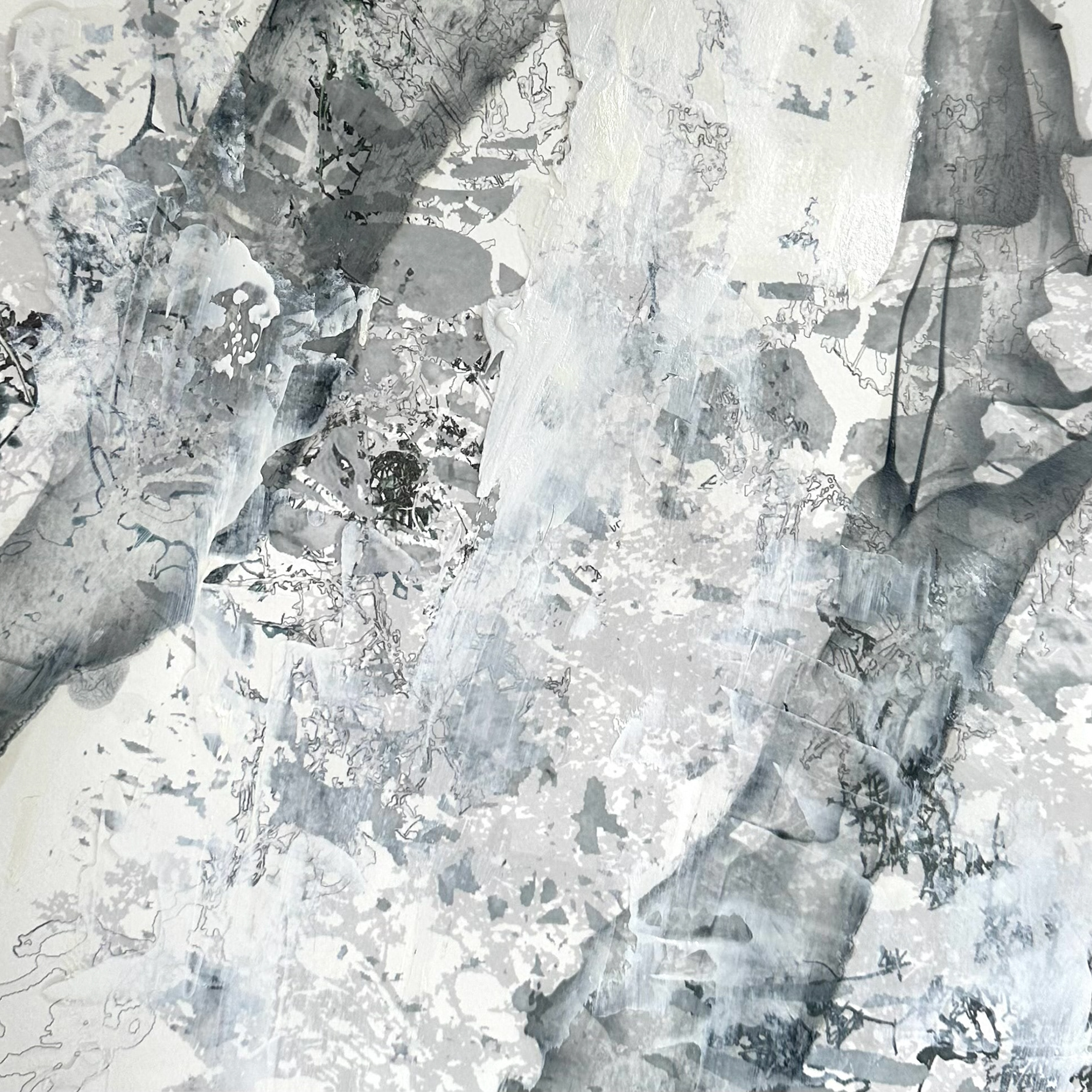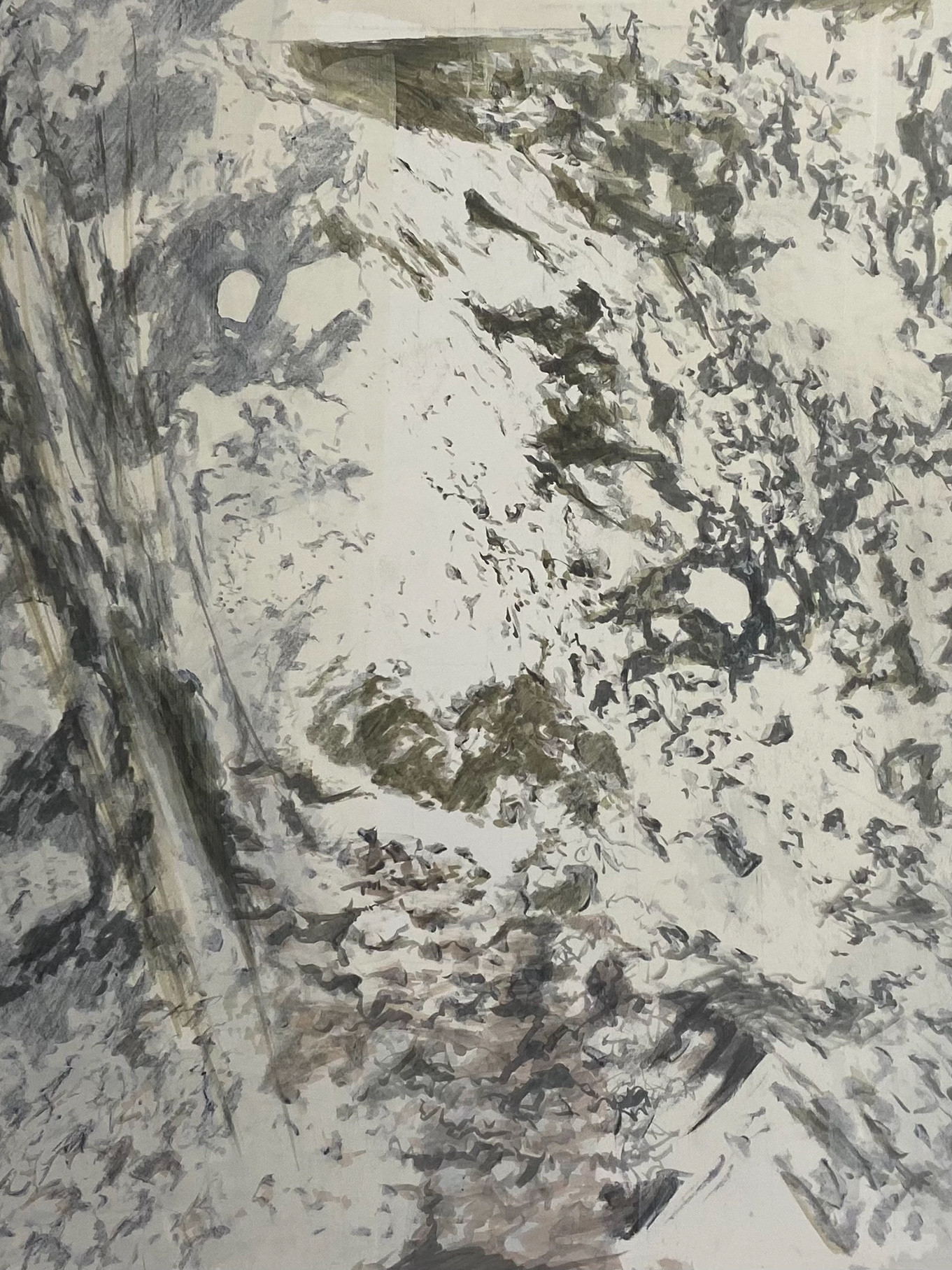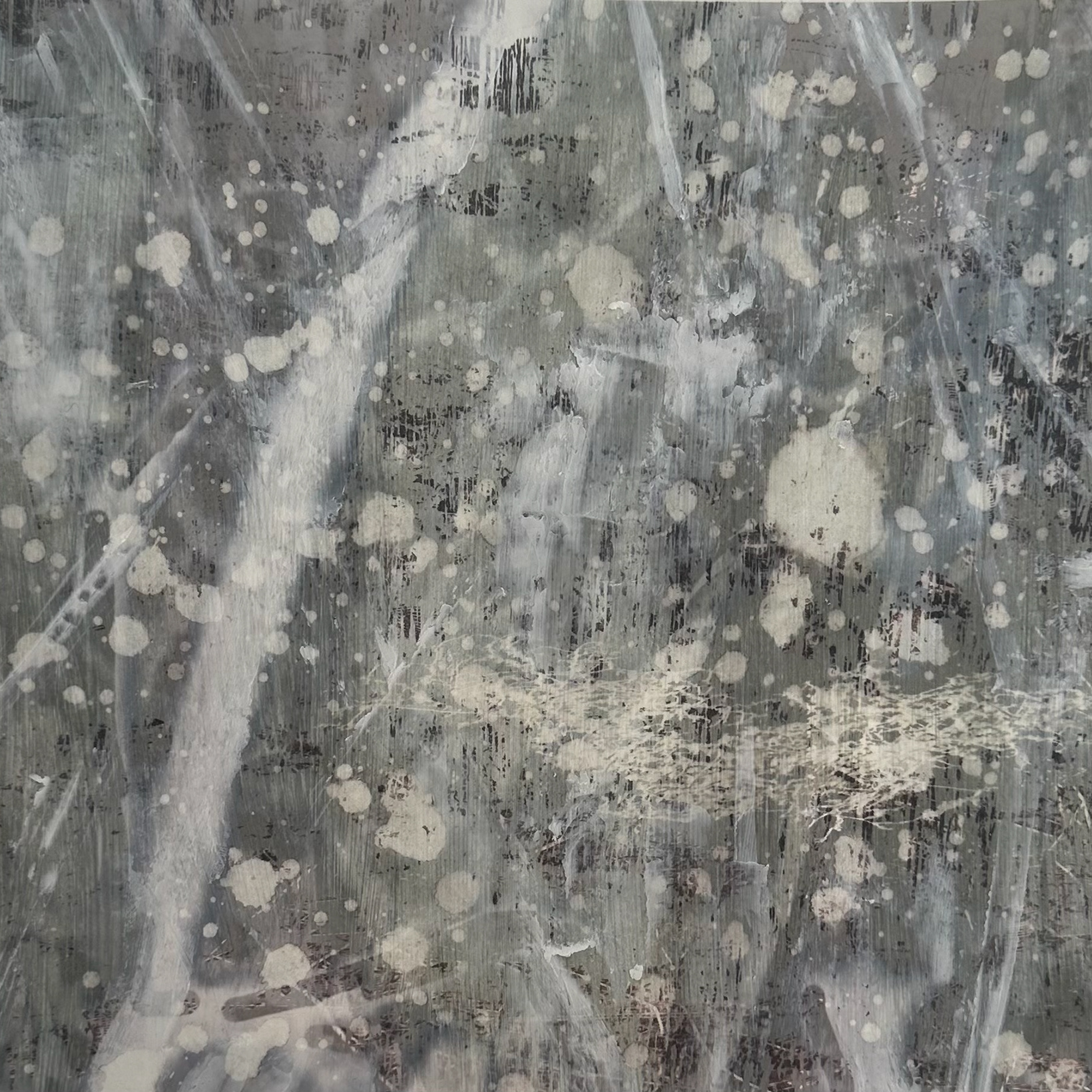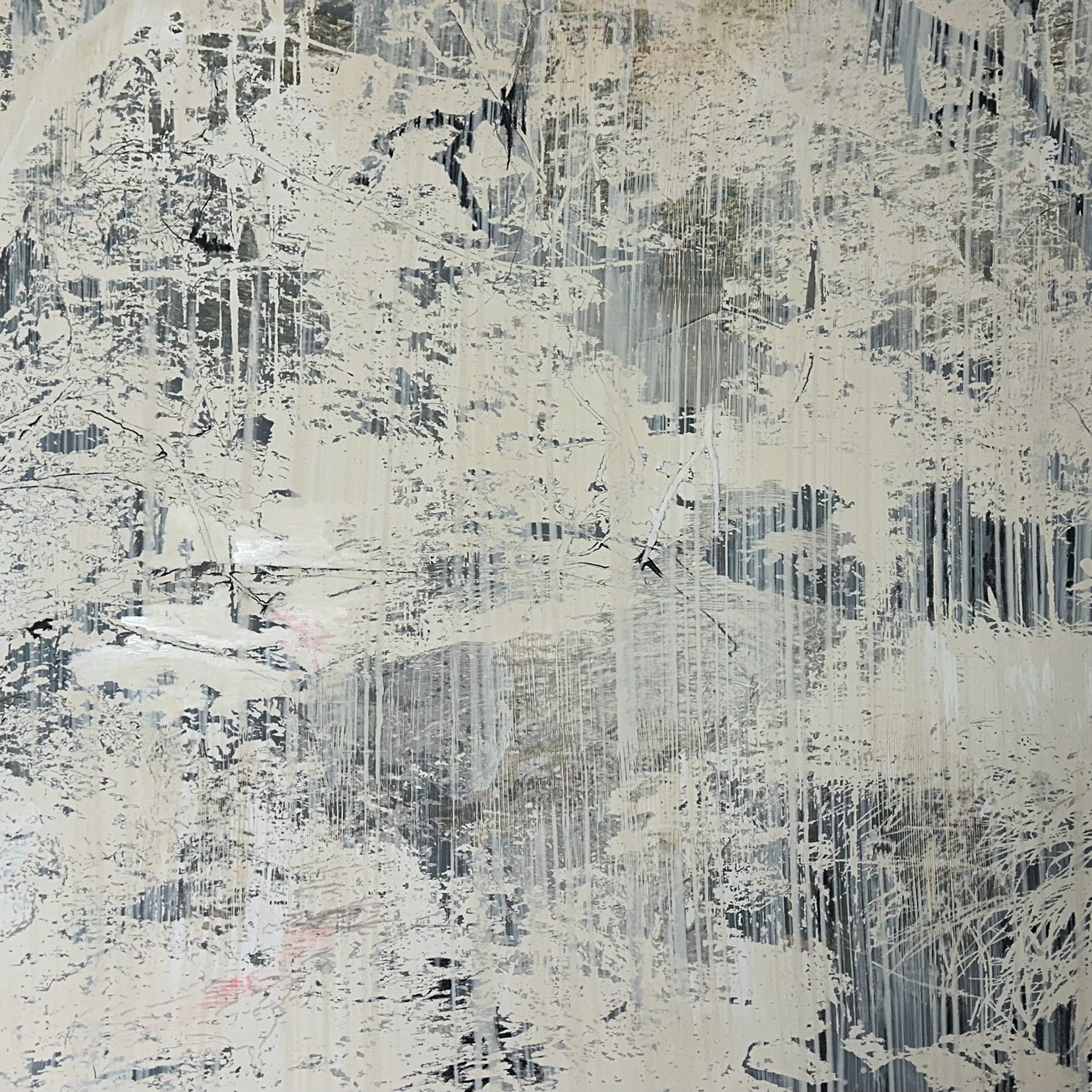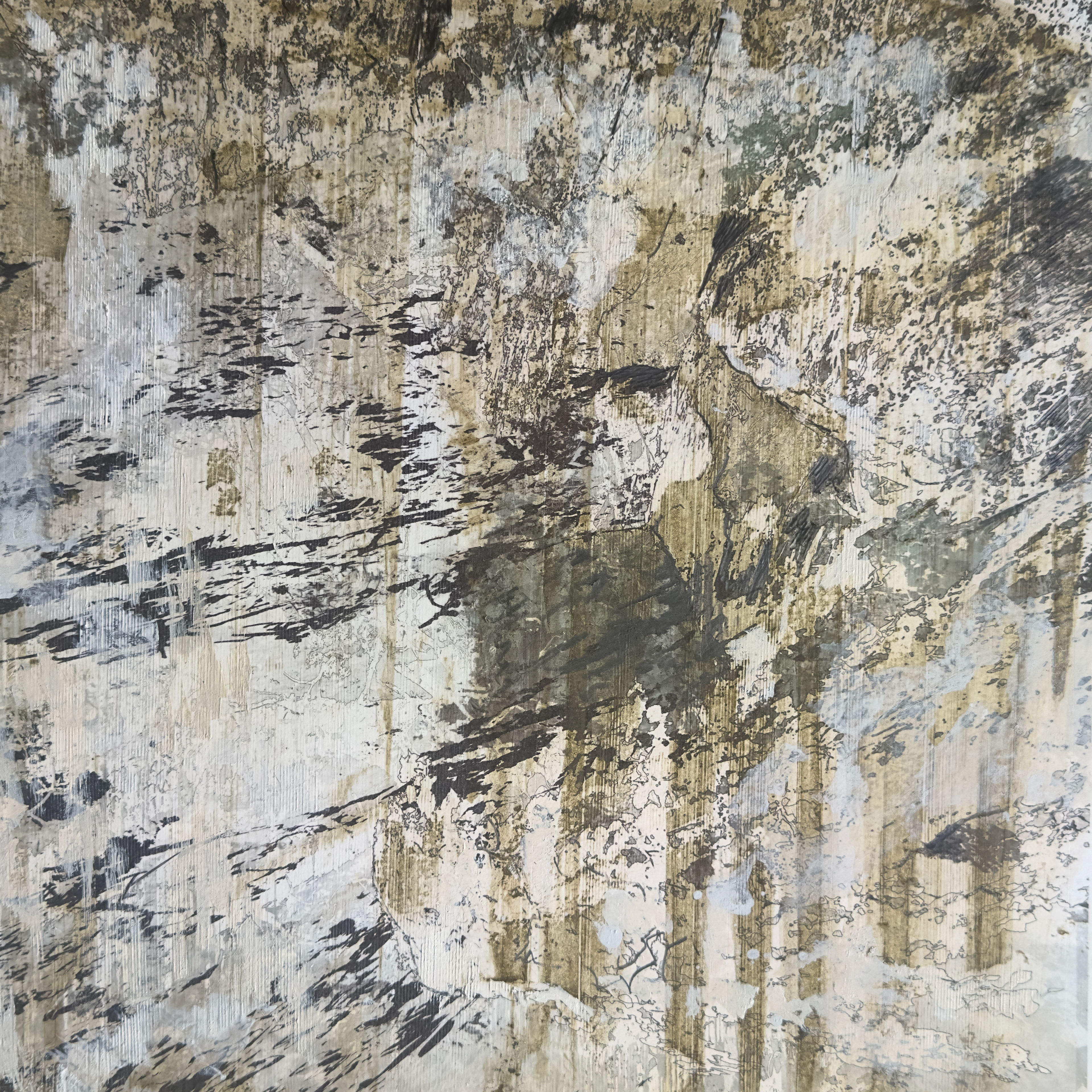(June 2022)
It can trickle
It can deafen
It can be rhythmical
It can isolate (sound)
It can be squirted
It can be stored
It can melt
It can steam
In can stream
It can be channelled
It can be glacial (68.7% of the earth's freshwater… and reducing)
It can be climbed (ice wall)
It can be traversed
It can be moulded
It can be used to build
It can split (stone)
It can bend (wood)
It can be carved and sculpted
It can harbour life
It can give life
It can be salty
It can be fresh
It can be heavy
It can defy gravity
It can change its chemical states
It can flow in opposite directions
It can be sparkling
It can be coloured
It can freeze
It can refreeze
It can drizzle
It can reflect
It can be directed
It can direct
It can destroy
It can be uniformed over space and time (chemical structure)
It can empower
It can generate power
It can heal
It can be hot
It can cool
It can preserve
It can heat
It can be held under pressure
It can cook
It can conduct electricity
It can be a space for swimming
It can be a space to bathe
It can be chlorinated
It can be dissolved
It can dissolve
It can waterlog
It can evaporate
It can disorientate
It can fall
It can flow in one direction
It can flow in different directions
It can evaporate
It can diffract
It can slow objects (particles)
It can impose pressure
It can absorb light
It can be absorbed
It can be deep
It can be shallow
It can pool
It can flow
It can be sprayed
It can be used to shower under
It is wet
It can be flavoured
It can be icy
It can become ice
It can etch
It can be brown, green, blue, red…
It can be found on other worlds
It can be resisted (oil)
It can clean
It can connect
It can be a means to disconnect
It can short circuit
It can be a barrier
It can support (buoyancy)
It can be used to find a level or angle
It can lift
It can dilute
It can be pumped
It can extinguish
It can identify an air leak
It can produce (tears)
It can be excreted (urinate)
It can suspend (clouds)
It can expand (about 9% when frozen)
It may be older than the sun
It is the water our ancestors drank
It forms 60% of the human body
It forms about 71% of the earth's surface
It regulates the Earth’s temperature
It can be tidal
It can be still
It can be used to draw and pain
It can be used as a lubricant
It can increase contrast (wet stone)
It can short circuit
It can be slippery
It can be driving
It can be light
It is tasteless
It is odourless
It can be horizontal
It can be misty
It can become fog
It can be a hazard
It can generate power
It can be snowflakes
It can penetrate
It is inorganic
It can be transparent
It can stain
It boils at 100˚C
It comprises two hydrogen atoms and one oxygen atom
It can be deflected
It can be swell
It can filter
It can form stalactites
It can form stalagmites
It can float ( clouds)
It can be underground
It can be above
It can run over a surface
It can be a bed
It can be scented
It can be fluorinated
It can be poisonous
It can be dammed
It can be spanned
It can be navigated
It can glisten
It can be shed (animals)
It can wrinkle (skin)
It can be controlled
It can be uncontrollable
It can be uncomfortable
It can be comforting
It can make you sick (sea)
It can drown
It can transport
It has currents
It can loosen and strip (wallpaper)
It can flood
It can be murky
It can form waves
It can be revitalising
It can destroy (sand castles)
It can halt a chemical reaction (used by a smithy/jeweller)
It can polish
It can be transparent
It can be decadent
It can illuminate
It can carve
It can generate power
It can be absent (drought)
It can be predictable (tides)
It can become radioactive
It can be used to wash
It can be used to reveal (gold panning)
It can emotional
It can penetrate
It can magnify
It can be thermal
It can be sulphurous
It can seep
It can bridge
It can be ephemeral
It can bounce
It can foam
It can be a metaphor
It can be a line on the horizon
It can be refreshing
It can be rehydrating
It can be drunk
It has memory
It can carry
It can deposit
